The short answer to that question is a resounding YES! For most of us, the Czech Republic begins and ends with the beautiful city of Prague.
I recently had the amazing opportunity to visit three lovely towns in the Moravian region of Czech Republic: Brno, Kromeriz, and Telc..
In this article, I walk you through the highlights and explain why you should consider exploring beyond the well-trodden city of Prague.
GETTING IN
From the West Coast, it’s about 13 hours with one stop to the Vaclav Havel Airport in Prague. Take a short taxi ride into Prague or go directly to the bus station and grab the bus to Brno. You can book your tickets online or get them at the bus station itself. https://bustickets.regiojet.com/?0
GETTING AROUND
RegioJet buses are awesome to travel around within the Cezch Republic and a ride from Prague to Brno for example costs a mere 7 euros. Brno to Kromeriz is about 3 Euros while Brno to Telc is about 4 euros. The buses come equipped with individual television monitors for your viewing pleasure, plus free headsets are provided during the trip. You also have your choice of coffee, tea or hot chocolate included in the price of the ticket, not to mention newspapers for your reading pleasure. The buses are clean and great to just stare out the windows at the countryside. If you’re taking cabs from the bus station to your hotels, know that the drivers seem to understand just a little English – enough to get you to your destination. If you’re looking for conversation you may be disappointed.
MORAVIA
South Moravia is a UNESCO treasury! The population is roughly around 1.2million and it is famous for its wine production. However, my trip this time would not cover the wine region of Moravia, but rather take me to the UNESCO cities of Brno, Kromeriz, and Telc. Brno happens to be the capital of this region, and the 2nd largest city in the Czech Republic, after Prague. So yes, another reason to travel beyond.
Brno – the 2nd largest city after Prague
A mere 2 hours away, Brno’s skyline is dominated by the Cathedral of St. Peter and Paul. In Gothic style, this cathedral is a pleasure to explore as it sits atop the Petrov hill, a pleasant climb after which you can descend down into Sadys park and the Capuchi gardens strewn with benches to allow you to sit and soak in the atmosphere and the views of the city of Brno. Old town is lovely to stroll, the buildings are beautiful and the city’s Old Town Hall is not to be missed. A climb up to the tower is well worth your time as you will get a lovely view of the city including the spires of the different churches. The Old Town Hall is also guarded by the legendary two-metre Brno dragon. Notice the crooked gothic turret in front of the building. Legend has it that the master Anton Pilgram, the creater of this Gothic portal, wasn’t paid enough and hence he decided to make one of the turrets crooked. I don’t blame him!
Don’t miss Spilberk castle, which also sits atop a small hill, perhaps not the traditional definition of a castle we may be used to, but in my opinion, contains a fascinating well-preserved labyrinth of underground prisons! I also climb the tower for a view of Brno, but its not as impressive as the climb up the city hall tower so maybe you can skip this one!
In Brno, I recommend staying in old town and if you get availability, especially the Hotel Royal Ricc which is located on the oldest street in Brno. The hotel is old world charm in a late renaissance home dating from 1595 and prides itself on a rich family history reaching all the way back to the Austro-Hungarian Empire. I love hotels with such character. Breakfast buffet is extensive and set in a charming, intimate room.
Kromeriz – UNESCO World Heritage site
Kromeriz is a short one hour bus ride away from Brno and is really a hidden gem of a town. Great for a day trip, the town’s main highlight is the UNESCO World Heritage site of the Archbishop’s Baroque style Palace, Chateau and the flower gardens which are really incredible. Take a tour of the grounds and the Chateau but know that the tours are in Czech, although you can ask for an English text guide which will you give you a room by room explanation as you walk along with the tour group. Many scenes from Amadeus and Immortal Beloved were filmed here on location. The Castle used to be the principal residence of the bishops and archbishops of Olomuc and has beautiful rococo rooms, ceiling frescoes and the gardens.
The tour of the palace begins in the Hunting Hall where you can see 218 trophies of a chase – trophies of deer and roebucks embedded in plaster heads. You’ll walk through the beautiful Pink Salon with the white furniture in rococo style (you’ll see the most beautiful chandelier in the chateau) the Tsarist room where Alexander III gave audiences (you’ll see a treasured vase from one piece of Uralian mineral), the Meeting Hall, Throne room and the beautiful Assembly Hall known to have the most beautiful Rococo interiors in all of Central Europe. Amadeus was also filmed in this hall. The library rooms contain close to 20,000 books written in Latin, German and Czech, mostly originating from the end of the 19th century.
When in Kromeriz, don’t miss having lunch at the lovely Cerney Orel Pivovar. This restaurant has both an outdoor patio up front and in the back and also boasts its own brewery. Yes, we’re talking about the traditional Czech lagers to German Hefewizen to the Belgian acid beers. If you’re lucky, like I am, the owner might show you around the brewery and his cellars. Why is it so important to check out a brewery in the Czech Republic you may ask. Some of the highest beer drinks are in the Czech Republic – they even have beer spas did you know that?! Now Cerney Orel is smack dab in the middle of all the action in the square but retains the Kromeriz charm with its local Czech music playing in the background. The real fun is sitting outside in the umbrella covered patio or even in the garden out back. The restaurant has wooden beams and archways with high ceilings and at least three different seating rooms inside. For lunch, I have a light and refreshing salad with greens, tomatoes and cucumbers. I also choose the traditional Czech soup with mushroom and quail egg, which is a bit sweet and creamy. The fried chicken is delicious and comes with a side of potato and bacon. Boriz Zubik, the owner of Cerney finds me at my table out back and eagerly escorts me to his bar and to explain the process of brewing his beer. The best Czech beer he states is the Pilsner and has three phases:
Step 1: Cook the malted barley
Step 2: Brew the barley with water at 50F. This is where the product is now put in big bins and combined with yeast to begin the fermentation process. Boriz firmly believes open tanks are the best as the yeast comes from the bottom to the top, with less surface foam and they tend to settle out to the bottom of the fermenter as fermentation nears completion. Pils is therefore a bottom fermented beer.
Step 3: Stop the fermentation after 10 days – move the product to the cellar where it stays for about 25 days minimum below 39F. So after a total of 35 days now, the product is ready to be served!
The surrounding country also has extremely soft water that is desirable for making pale beers, thus enhancing the bitterness from the hops (hops are the flowers of the hop plant Humulus lupulus and are used primarily as a flavoring and stability agent in beer). Thus Czech beer is known to be so bitter you can eat and drink more, says Boriz. Czech beer here is without filtering and pasteurizing – the cellar is where most of the yeast dies and goes to the bottom of the tank thus producing beer which is clear, eliminating the need for filtering. Some yeast will still remain in the solution, but is quite nutritious for you, says Boriz. Commercial beers are pasteurized to often kill all the yeast. So really, the advantage of having beer at a small brewery is that the beer is usually unfiltered and un-pasteurized and thus more authentic.
Once I finish my beer, and my education comes to an end, I walk back through the square to meet my guide for the afternoon, a lovely school teacher who’s name is Evzen Petrik, +420 605 460 649. Brought up in Kromeriz, he knows all the history I ever need to hear about Kromeriz and he also happens to know everyone in town! He comes dressed in a typical 17th century costume and shows me the different archbishop run schools as well as the regular state-run schools, all housed in lovely Baroque buildings. The Neo Gothic cathedral adjacent to the Chateau is worth a visit. He even shows me the tiniest alley in all of Kromeriz.
Telc – a UNESCO city
One of the most impressive sights in Telc is the town square itself. It’s a unique long plaza with what is arguably the best well-preserved Renaissance and Baroque houses characterized by the high gables and arcades. Since 1993, this has been a UNESCO World Heritage Site. That afternoon I meet my guide, a British local who moved to Telc for the woman he loved and eventually married. Philip Mascheter, cell phone: +420 736 663 390 walks with me around the square explaining its history. A small town, Telc is easy to walk around in a few hours and utterly charming with some stunning views. Don’t forget to cross the bridge and explore the views from the other side of the lake. The best way to experience Telc is to spend the night in one of these traditional homes in the square. I am lucky enough to stay at the beautiful and simple Pension Steidler, one of the Renaissance houses. My room is spacious with two beds and an attached bath, and has a lovely pond view. Breakfast is laid out each morning in the kitchen/living area adjacent to the room. Stuffed with cheese, bread, ham, a yummy chocolate yogurt and a chocolate bar, I set out to explore the castle the next day.
The Gothic castle dominates one end of the square and while it was built in the 14th century, it underwent a significant alteration toward the Renaissance style thanks to a nobleman called Zacharias. Zacharias of Hradec, after the premature death of his father, took over his part of the paternal heritage (Telc and other nearby villages). At one point, he took part in a trip of Czech noblemen to Italy to welcome the elected Czech king Maximilian II and it was his exposure to the Italian Renaissance architecture that prompted him to reconstruct the Telc square with Renaissance gables, as well as to reconstruct the castle, including the lovely interiors and furniture in the Renaissance style, using Italian artists.The most beautiful rooms are the Renaissance halls with unique gild waffle ceilings with lavish figural ornaments, an extraordinary example of Renaissance woodcarving. For example, in the Theatre Hall, the ceiling is formed by the panels containing painted masquers. In the ceiling of the Knight Hall, you will see paintings of the acts of Hercules on the wooden waffle ceiling of 1570. The Blue Hall contains the allegory of four elements personified by the Roman gods and is named after the color of the fields of the Renaissance waffle ceiling. The ceiling of the famous Golden Hall consists of 30 octagonal panels with impressive figurative wooden carvings and is one of my favorites, as well as one of the Chateau’s most spectacular halls.
Sunset in the square is not to be missed – as the sky turns a pinkish hue, the fountains and statues take on a certain stillness and my favorite way to enjoy this view is to sit outside with a glass of wine at one of the smaller restaurants in the square.
The Food
Czech cuisine thrives on pork dumplings (steamed and sliced bread-like), cabbage (not like sauerkraut but boiled with a light sugar sauce), boar, rabbit, fried chicken, potatoes, and bacon. They also have simple panini sandwiches at smaller cafes and loads of delicious ice cream everywhere. While the UNESCO cities took my breath away with the small-town charm, stunning architecture, and the lack of tourists I’m definitely not above giving Moravia another try – this time for wine country.
For more information please visit www.czechtourism.com and for more pics please visit my Instagram account: @eagertravele. Blog: https://theeagertraveler.wordpress.com/



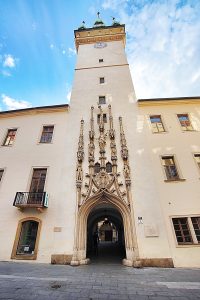
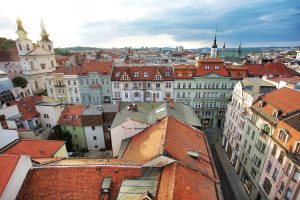
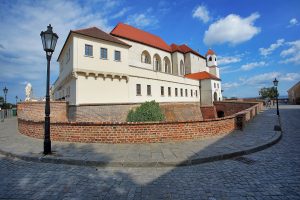
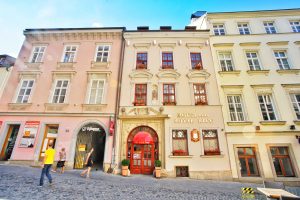
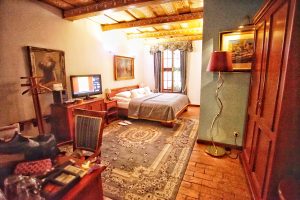

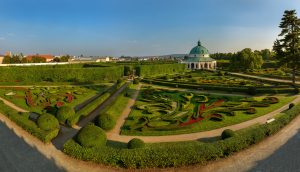
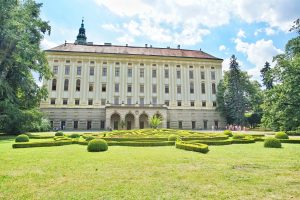
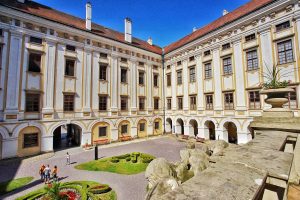
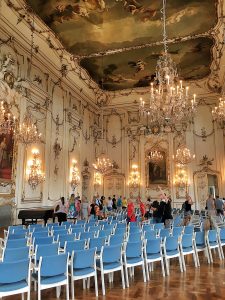
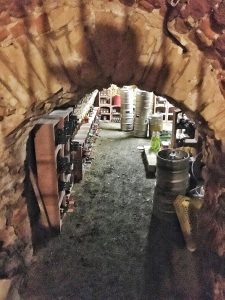
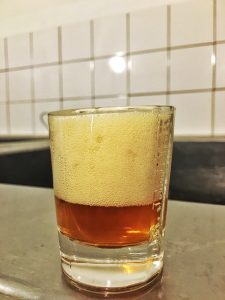
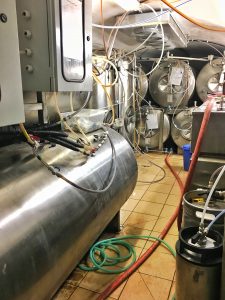
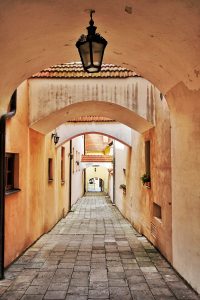
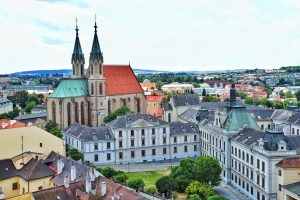
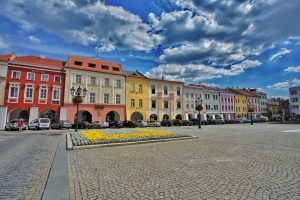
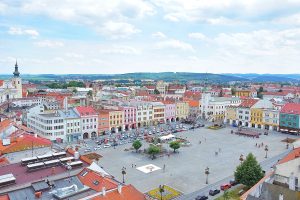
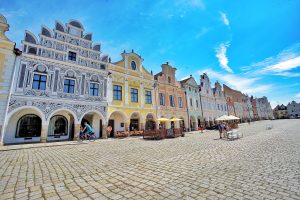
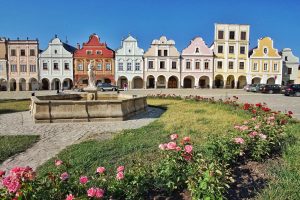
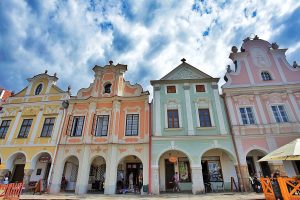
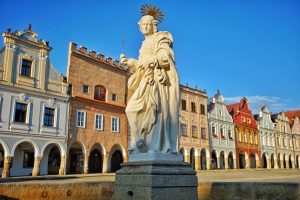
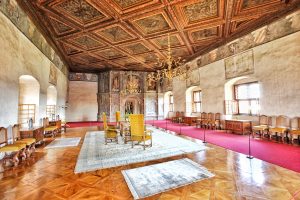
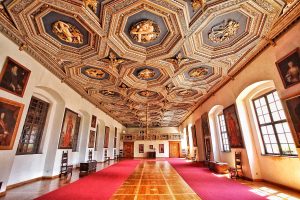
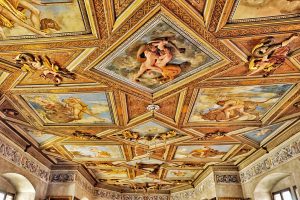
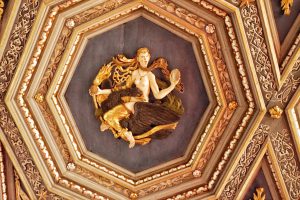
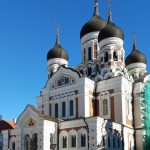
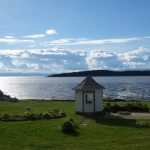




Leave a Reply